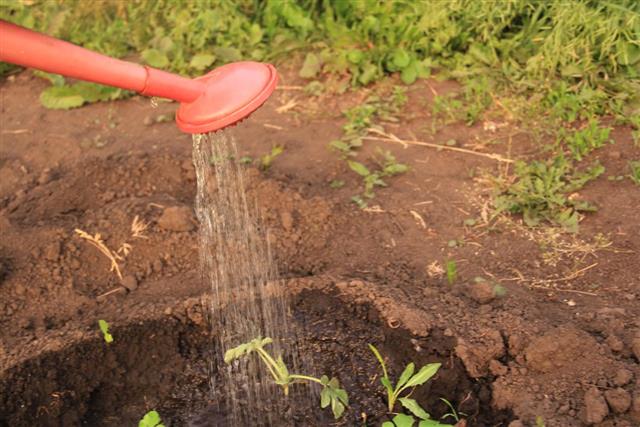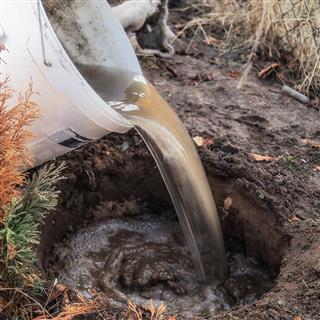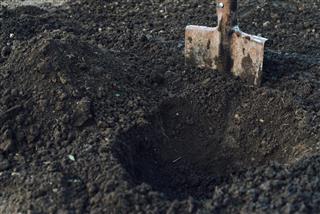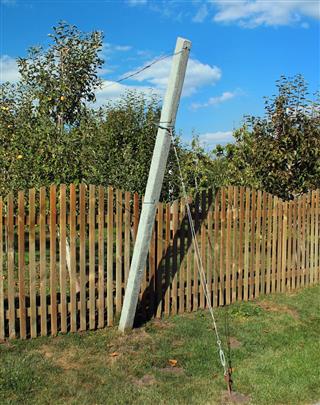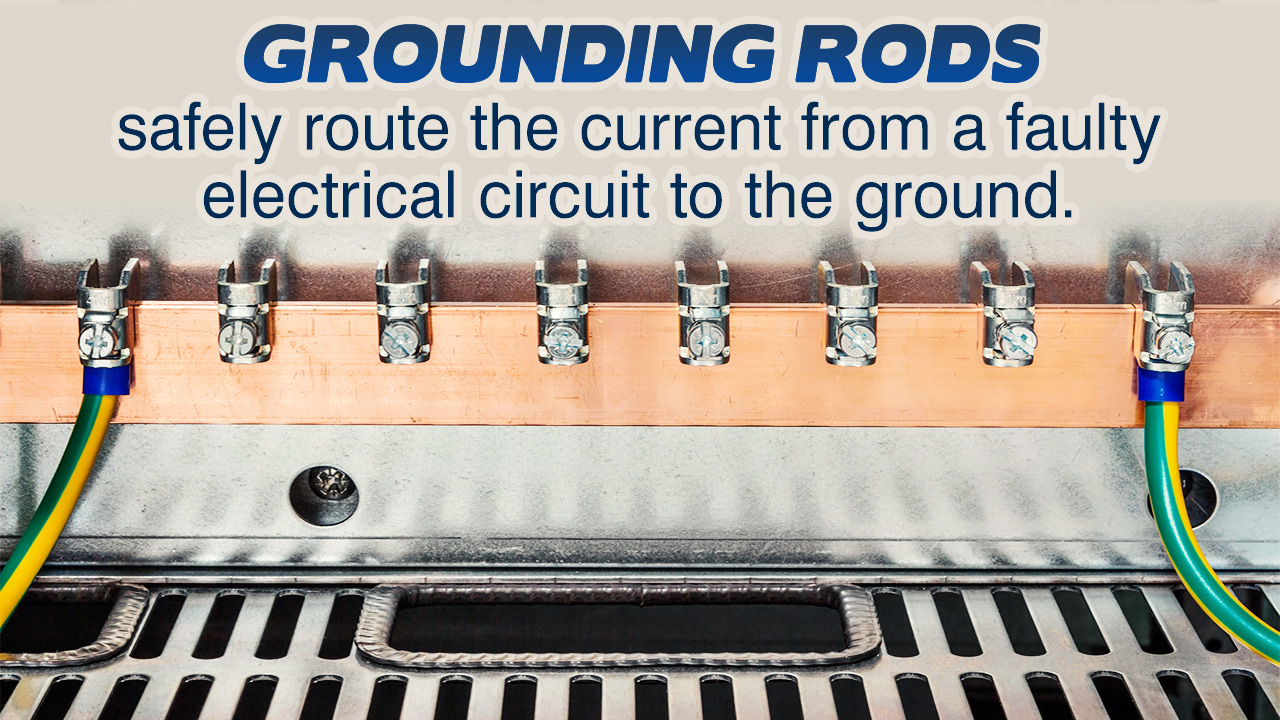
Grounding rod installation should be done carefully, taking the necessary precautions. Given below is the method to install a ground rod at home and the required safety measures that need to be taken.
As improper installation of a grounding rod can lead to severe problems, many people prefer getting an electrician to do the job, as he has the expertise and the right tools for it. A grounding rod is a device of an electrical system, that helps in carrying away the current from a faulty electrical circuit and route it safely to the ground. Although it is not required by law in all the countries of the world, it is advisable to install it as a safety measure. It can be purchased from stores like Home Depot at reasonable prices.
This rod is made of conductive materials, the best one being copper. An ideal and standard depth for it is 8 feet. When it is driven into the ground, it is connected to the electrical system with the help of a wire and a ground connector.
Installation Process
Things required for this process are a clamp, a shovel to dig, a hose with water, a wrench set, and a rubber mallet. Given below are the steps for this procedure.
- Dig a small hole, about 12 inches wide and 12 inches deep, where you want the rod to be placed. While deciding on the location, ensure that it complies with the local building code.
- Once the hole is dug, fill it with water using the hose pipe. Now place the rod and use the rubber mallet to strike it until it goes a few inches into the ground.
- Pull it out of the hole and fill the hole with water again.
- Now place the rod in the hole again, and using the rubber mallet, strike it to enter deeper into the ground.
- Keep repeating this process until it reaches the required depth.
- Once that is accomplished, strike the rod into the ground for the final time, but do not add water into the hole now. This is to ensure that it fits firmly into the ground.
- Cover the hole with the dug out soil.
- To finish, attach the top of the rod to the electrical ground lead using a clamp.
The placement location of the rod is very important. A long one can hit the water, gas, or sewage lines beneath the ground; it could damage the electrical, telephone, or cable lines. Even if you are certain of the location, it is advisable to speak to your local utilities and check if it is safe. If anything goes wrong in the process, you might have to bear a heavy price for repairs.
As we are dealing with electricity, its resistance needs to be monitored on a regular basis. The aim should be to maintain low resistance. There could be several reasons behind the increase in the resistance of the ground rod, and therefore, it is advisable to test it using a clamp-on tester.

